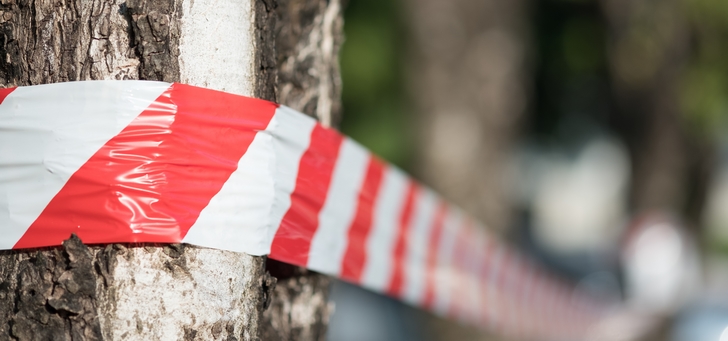Public parks safety: an overview of major challenges
New uses, overcrowding, new risks… Green space management now also includes safety! Implementation is often complex in parks, public gardens and sports grounds designed several decades ago, when the problems and regulations were not the same as today. Here are the main ways to improve safety in parks, squares, and even sports fields!

New uses, overcrowding, new risks… Green space management now also includes safety! Implementation is often complex in parks, public gardens and sports grounds designed several decades ago, when the problems and regulations were not the same as today. Here are the main ways to improve safety in parks, squares, and even sports fields!

Read also: Using green space design to create user-friendly parks
Protecting old trees
On average, trees in French green spaces are two centuries old. The main threat to safety in parks comes from falling branches. To prevent accidents, green space managers should carry out visual diagnoses at least every 3 years. Tomography can also highlight mechanical defects and the resistance of the timber. Public authorities should also watch out for new sports like “slackline” (tightrope walking on a rope stretched between trees) which can damage the trees. And last but not least, compression of the ground due to overcrowding might increase branches fall risks.
Allergens
Stop massive plantations of allergenic and poisonous annual plants and shrubs! 20% of the population now suffers from “hay fever” (1) and strolls in green spaces with a high concentration of pollen can become nightmares. Although you can integrate a single allergenic plant in an isolated way for reasons of heritage or beauty, public authorities should re-examine their choices of plants over the years and carry out epidemiological studies to measure the allergen exposure potential. Discover our tips to design hypoallergenic green spaces!
Demonstration management
Terrorist attacks are a new threat to consider in all places where the public can gather in large numbers. Many green spaces designed over 50 years ago cannot handle these problems and require modifications. Basically, you can ensure safety in public parks by separating vehicular from pedestrian traffic and defining conditions for staging demonstrations.
Accessibility
To enable all users to make the most of public green spaces, you must always consider accessibility when redesigning or creating them. Every park must be able to meet new standards for approach ramps, handrails, etc. Accessibility is also enhanced by suitable pathways and adequate lighting.
Fountains and pools
Despite signs prohibiting swimming in pools, careless bathers defy this rule every summer. Although risks of drowning in shallow pools are low, green space managers are responsible for water hygiene which implies good filtration and treatment. Increasingly used to counter heat waves, public misters must comply with regulations. Envisage disinfection and systematic purging!
Squats, incivilities and damage
Traditional problems caused by squats and insecurity in public parks can lead public authorities to re-examine the plant layouts in their landscape planning. The idea is to improve transparency in green spaces to avoid the effects of “hiding places”. The quality of sports grounds attracts unlawful users. Fencing is often insufficient to prevent access to a ground. Video camera monitoring can make all the difference!
New means of transport
Last but not least, people are using different means of transport. Scooters, for example, are often used in green spaces and cause accidents. This conflict of use must be addressed in all public green spaces to guarantee the safety of every user.
Over and above their beauty, green space design must provide the necessary level of safety in places open to the public. To understand the pitfalls when creating green spaces, see our dedicated article!
We would like to thank Robert Vachon, Parcs et Sports Administrator, Pascal Goubier, Assistant director of plant heritage for the metropole of Lyon and Jean-Marie Rogel, City of Lyon landscapes management service director.
(1) RNSA : L'allergie
© Photo credit: dontree / stock.adobe.com
